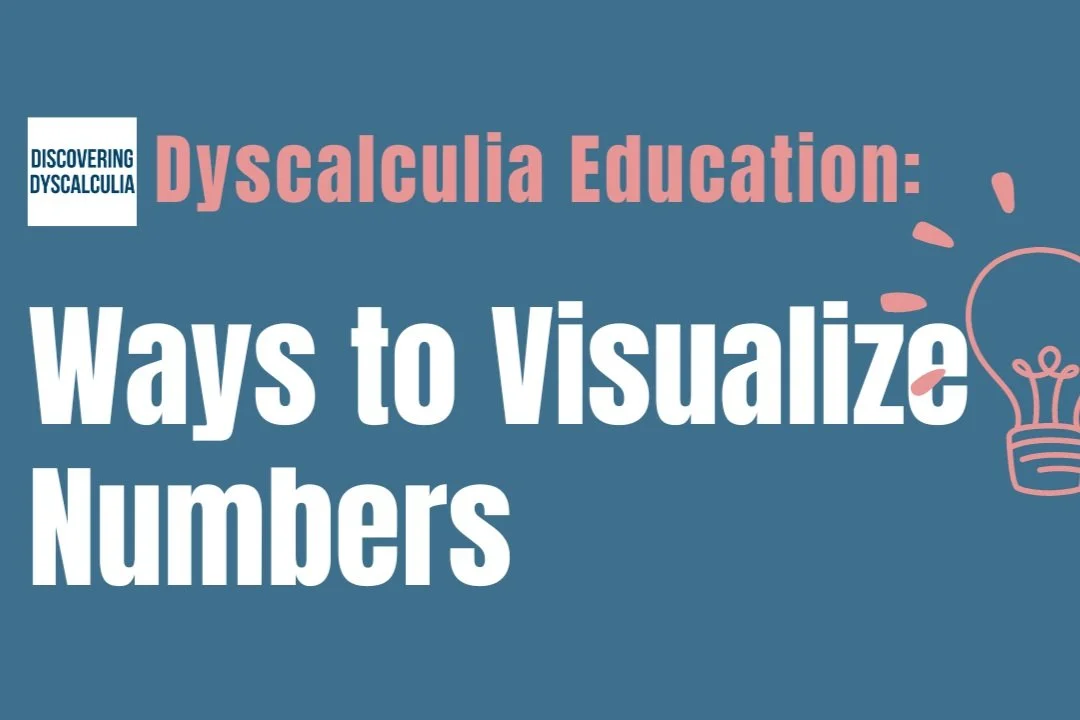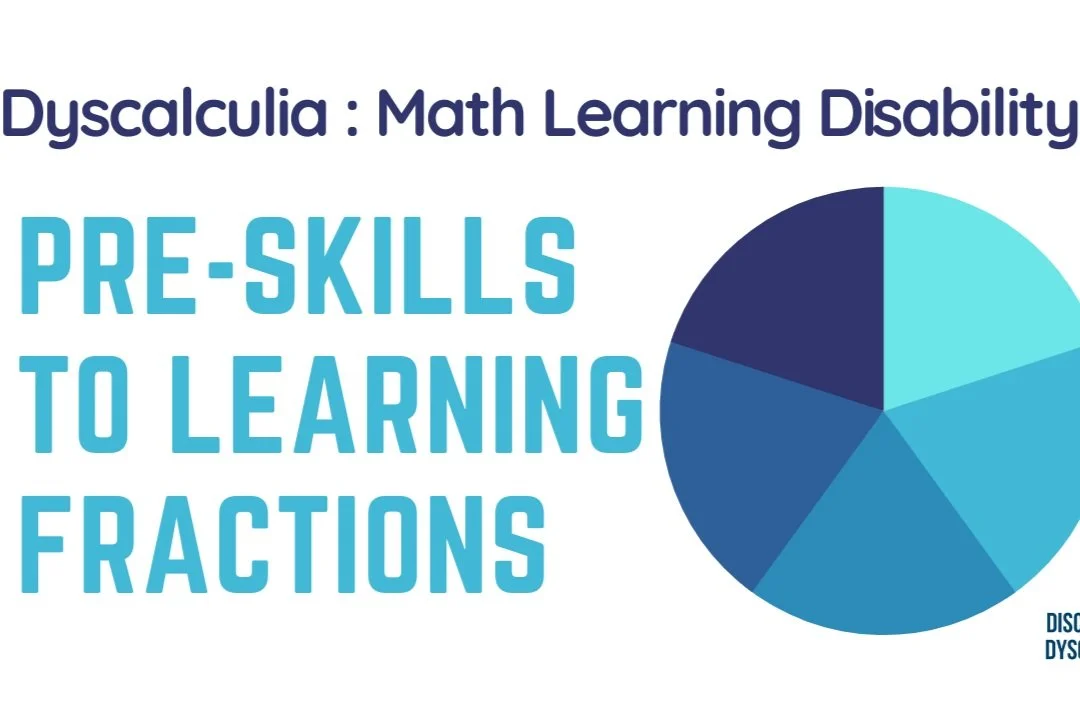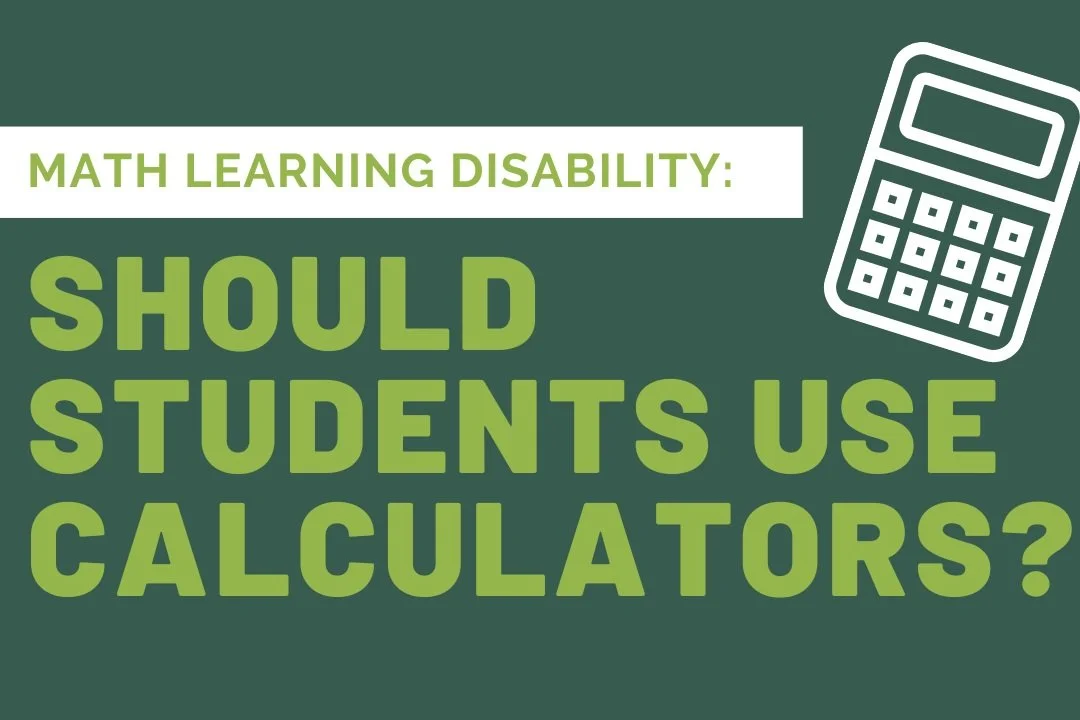Out-of-the-Box Education Experiences
Last year I worked through the book, The Artist’s Way by Julia Cameron. As part of the creative process Julia prescribed a daily writing practice, and a weekly Artist Date, which is a scheduled time set aside to play and be creative.
This is a photo from one of my Artist Dates when I pulled out my daughter’s pastels and allowed myself to draw and color without concern about whether I was being productive or doing it correctly. It was a stretch for me to take time to creatively play in the middle of a weekday, using a medium I didn’t have much experience with.
I was recently thinking about how often this sort of creativity and outside-of-the-box thinking is necessary when it comes to my daughters’ education. When something isn’t working well, I ask myself whether there are any creative ways their education experience could be adjusted to better fit their needs.
For example, did you know that in some countries and states you can partially homeschool your child? This can be a wonderfully creative and out-of-the-box solution, especially if your child is gifted, has a learning disability, or is twice-exceptional (both gifted and learning disabled).
What does it mean to partially homeschool?
It means the parent decides which classes or subjects their child will learn at home and which they will learn at school. This approach is often quite flexible and can include any number of subjects at school, and any number at home. Classes “at home” do not necessarily mean they are taught by a parent. They can be with a tutor, at another educational institution, or at a private art or trade studio.
In Washington state, where we live, there are two basic steps to partially homeschool your child. The first is to make arrangements with the school staff, which is usually a conversation with the principal and teachers. The second is to fill out a simple form outlining the education plan of how and when your child would receive their education in each subject. We did this for a portion of fifth grade, moving most of our daughter’s learning to home, while keeping her enrolled in her special education math class at school. In sixth grade we did the opposite, she was at the local middle school for all her classes, except math class, which we did at home.
My sister is raising four wonderful boys and has also used this creative approach of partial homeschooling as needed over the years. This approach has allowed her to individually tailor the boys education each year to better meet areas of difficulty, and to provide further engagement and challenge in areas they excel in. She reevaluates each year what would be best for each child.
School for your child doesn’t have to look the same way as it does for the majority. It needs to be a place where your child can learn and thrive. Sometimes it takes some creative thinking, going against what you usually do, or what is expected, in order to find something that may be a better fit for your child.
By holding lightly to an attitude of gentle exploration, we can begin to lean into creative expansion.
By replacing, ‘No way!’ with “Maybe,’ we open the door to mystery and to magic.”
- Julia Cameron, The Artist’s Way, p. 95
If you want to learn more about dyscalculia awareness, education, and support, join my newsletter!










